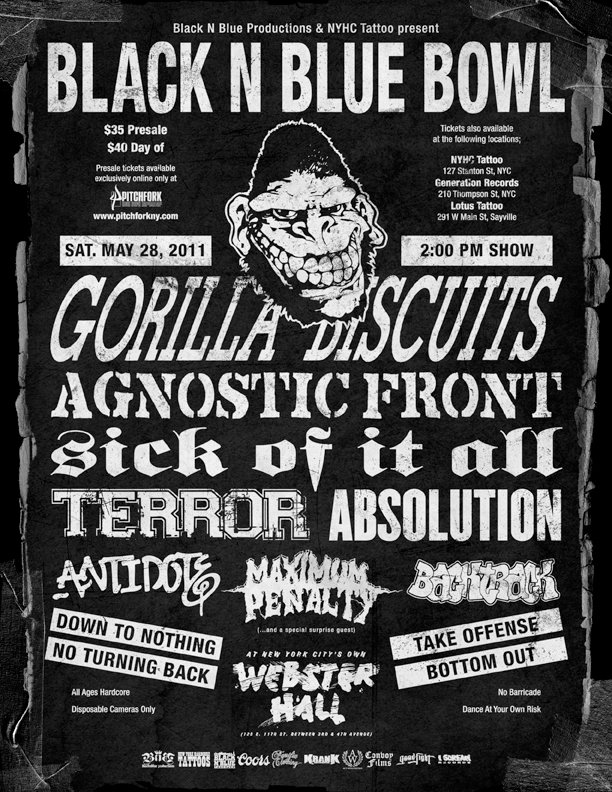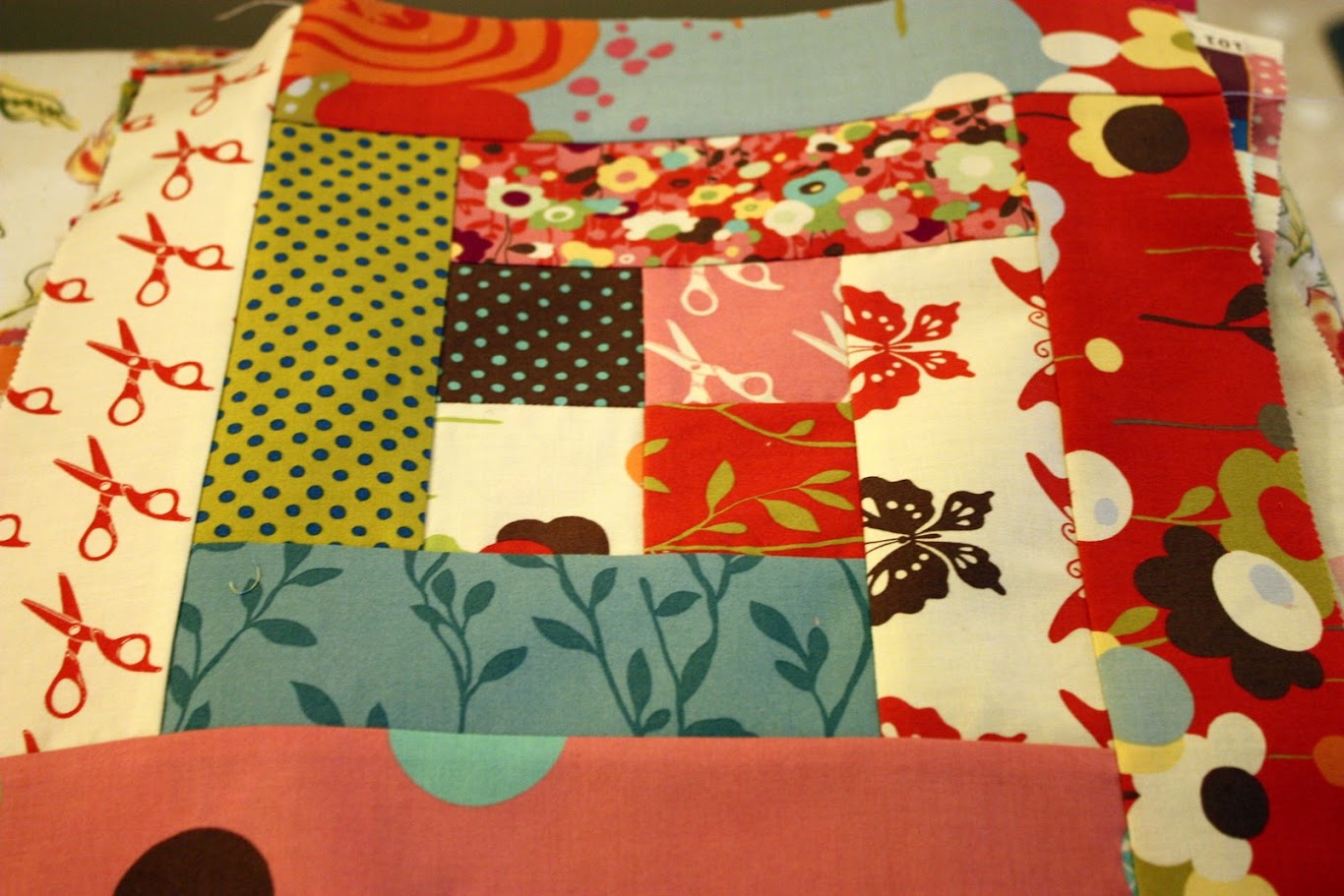Sew La Ti Embroidery [Search results for No Turning Back]
Black N Blue Bowl at Webster Hall

Progress
President and PM dish up burgers at 'Obama-Q' honouring American and British veterans

Heritage: Chile's quest to save melting mummies

The Bulldogs (based on an underground comic-book)

Near East: Byzantine church to be 'restored' as mosque

